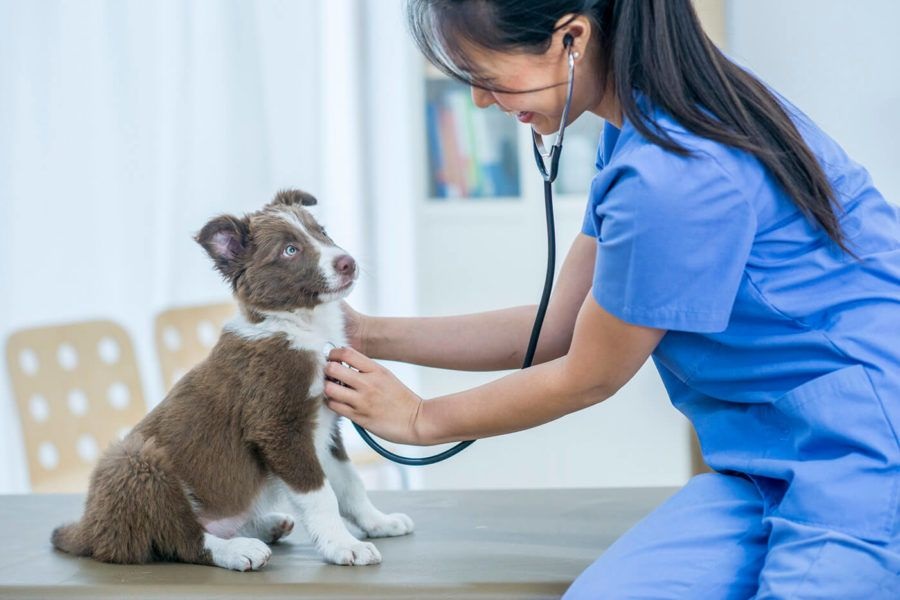
Animal-assisted rehabilitation isn’t just about the cuddles (though those are definitely a bonus!). It’s about the profound impact therapy animals can have on our well-being.
From easing anxiety and boosting motivation to enhancing physical function, the influence of these furry therapists knows no bounds.
In this article, we’re diving deep into the remarkable ways pets contribute to the rehabilitation journey.
Whether it’s helping someone regain mobility after an injury or providing emotional support during a challenging recovery process, therapy animals play a vital role in unlocking newfound potential and fostering holistic well-being.
But as you witness the incredible impact of animal-assisted rehabilitation, don’t forget about your own furry companions.
Just like humans, they deserve the same level of care and protection. Explore pet insurance options to ensure your pets receive well-rounded care throughout their healing journey. Consider signing up for a pet health insurance plan now.
In the meantime, let’s delve into how pets can aid in rehabilitating distressed humans.
In what ways do pets help with physical therapy?
1.Mental and emotional support
Pets provide companionship and emotional support during physical therapy sessions, reducing anxiety and stress levels in patients.
2.Motivation and engagement
Interacting with animals can increase patients’ motivation to participate in therapy exercises, leading to improved engagement and adherence to treatment plans.
3. Social interaction
Pets facilitate social interaction between patients and therapists, creating a comfortable and supportive environment conducive to rehabilitation efforts.
4. Physical exercise
Activities such as walking, grooming, or playing with pets offer opportunities for physical exercise and movement, promoting strength, flexibility, and coordination in patients.
5. Pain management
The presence of pets has been shown to release endorphins, natural pain-relieving hormones, which can help alleviate discomfort and enhance pain management during therapy sessions.
6. Improvement in mood and well-being
Interacting with animals has been linked to increased levels of serotonin and dopamine, neurotransmitters associated with feelings of happiness and well-being, leading to improved mood and overall psychological health.
7. Distraction from pain and discomfort
Engaging with pets can serve as a distraction from pain and discomfort, allowing patients to focus on enjoyable activities and experiences rather than their physical ailments.
8. Enhanced communication skills
Patients may develop or improve communication skills through interactions with therapy animals as they learn to give commands, express needs, and establish non-verbal cues with their furry companions.
9. Boost in self-esteem and confidence
Accomplishing tasks and building a bond with therapy animals can boost patients’ self-esteem and confidence, empowering them to overcome challenges and achieve their rehabilitation goals.
10. Long-term benefits
Incorporating animal-assisted rehabilitation into physical therapy programs can lead to long-term benefits, including improved functional independence, quality of life, and overall wellness for patients.
Are you ready to experience the incredible benefits of animal-assisted rehabilitation? Before you dive into this transformative journey, don’t forget to prioritize the ongoing health and happiness of your pet with pet health insurance.
With pet insurance by their side, your furry friend can continue to play a vital role in the transformative journey of physical therapy. From providing comfort and companionship to aiding in rehabilitation efforts, their presence is invaluable, and having insurance ensures they can continue to thrive in their important role.
